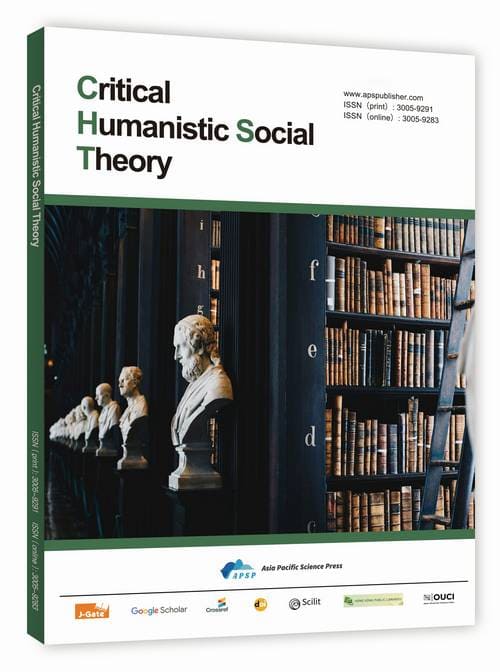A Study on the Contemporary Path to Sustainable Development from the Philosophical Perspective of Song Dynasty Furniture Design
DOI:
https://doi.org/10.62177/chst.v2i4.667Keywords:
Song Dynasty Furniture, Design Philosophy, Sustainable Development, Modular Design, Circular EconomyAbstract
Furniture transcends mere utility, serving as a vital medium that embodies cultural spirit and design philosophy. In the context of global sustainable development, the furniture industry is confronted with pressing issues, including rapid resource consumption, shortened product lifecycles, and a prevailing trend towards ephemeral aesthetics. Song Dynasty furniture, characterized by its minimalist aesthetic of 'Qi yi Zai Dao' (vessels bearing the Dao), its material philosophy of 'Dao Fa Ziran' (the Dao follows Nature), and its human-centric functionality derived from 'Ge Wu Zhi Zhi' (the investigation of things to extend knowledge), embodies a design philosophy that is highly congruent with contemporary sustainability concepts. This paper, taking the design philosophy of Song Dynasty furniture as its point of departure, employs historical comparison and critical analysis to contrast the deviations of contemporary furniture design in terms of material ethics, structural value, and aesthetic orientation. Based on this analysis, it proposes pathways for future development. The study concludes that the Song Dynasty's design philosophy not only offers a cultural foundation and methodological support for the sustainable development of contemporary furniture but also provides inspiration for the application of modular design, the circular economy, and interdisciplinary thinking. It is hoped that this research will serve as a reference for the green transformation of the furniture industry and contribute to the refinement of future sustainable design theory.
Downloads
References
Sun, Y., & Bi, C. (2015). The aesthetic tastes and characteristics of Song Dynasty literati: A case study of Song Dynasty furniture. Journal of Zhejiang University of Technology: Social Science Edition, 14(3), 335–339.
Fu, Y., & Yuan, Y. (2023). A look at the forms of Song Dynasty furniture from Along the River During the Qingming Festival. Journal of Shenyang Jianzhu University (Social Science Edition), 25(4), 348–353. https://doi.org/CNKI:SUN:SJSH.0.2023-04-004
Zhang, S. (1991). An analysis of the material usage system for alterations in Yingzao Fashi (State Building Standards) (II). Journal of Southeast University: Natural Science Edition, 21(3), 1–7.
Wu, T., Shao, X., & Cui, Y. (2023). The application of Song Dynasty aesthetic thought in the design of contemporary tearoom spaces. Design, (8), 30–35.
Wang, R., & Wang, S. (2024). “Seeing principle in form” (Shi Zhong Jian Li): The elegant evolution of the Song Dynasty folding chair. Packaging Engineering, 45(4), 152–157, 165.
Fan, W., & Lü, J. (2024). The application of Song-style furniture elements in modern furniture design. China Forest Products Industry, 61(3).
Zhou, Y., & Yang, M. (2021). A look at the forms and development of Northern Song furniture from Along the River During the Qingming Festival. Furniture & Interior Design, (5), 28–31. https://doi.org/10.16771/j.cn43-1247/ts.2021.05.007
Hirata, S. (2012). A study on the political structure of the Song Dynasty.
Wang, C. (2025). An aesthetic study of mortise-and-tenon joints in traditional Chinese wooden structures. Art and Craft, 8(2), 112–119.
Downloads
How to Cite
Issue
Section
License
Copyright (c) 2025 Suyan Liu, Fan Wu, Congrong Xiao

This work is licensed under a Creative Commons Attribution-NonCommercial 4.0 International License.
DATE
Accepted: 2025-10-14
Published: 2025-10-20

















